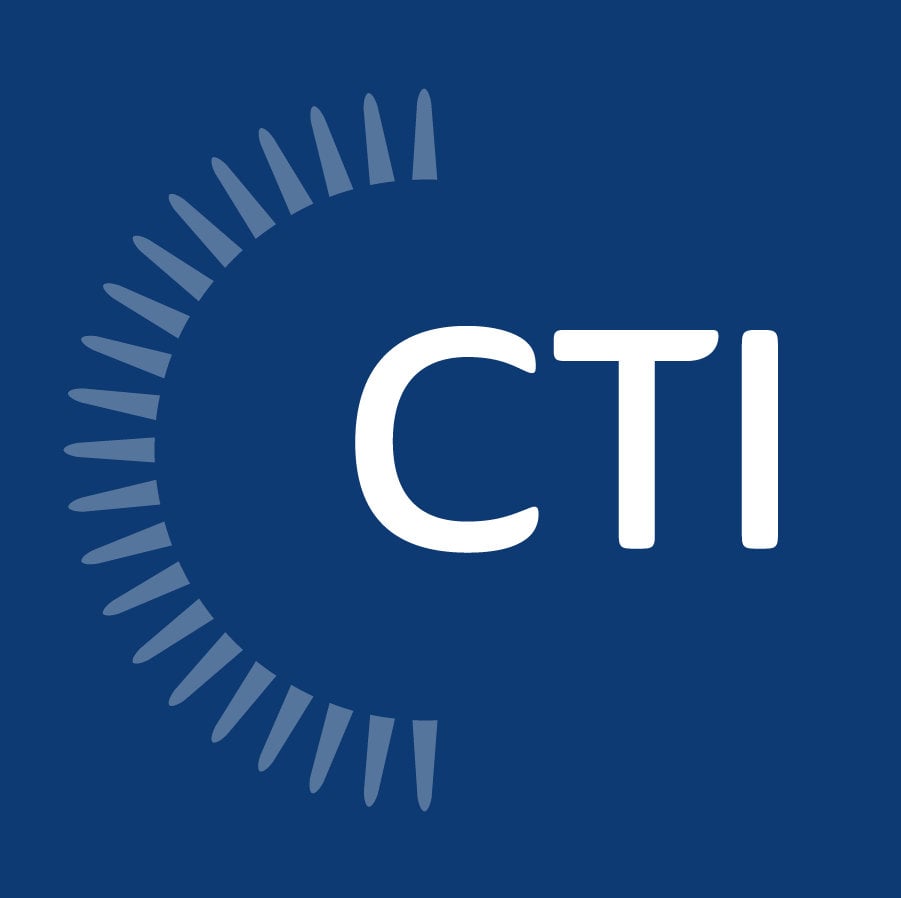 Sci-fi fanciers watching NBC around 30 years ago may remember the series Quantum Leap. The short-lived serial used (often not very well) quantum physics and time travel as a loose basis for situational comedy, history lessons, and social commentary.
Sci-fi fanciers watching NBC around 30 years ago may remember the series Quantum Leap. The short-lived serial used (often not very well) quantum physics and time travel as a loose basis for situational comedy, history lessons, and social commentary.
Not many will contest that BBC’s Dr. Who did time travel – and TV in general – better than Quantum Leap. Though these two futuristic shows are a bit apart on the quality spectrum, what they both hold in common is that the technology in subject – quantum mechanics and time travel – were fictional, at least to the degree that their realities were so far in the future that we would have to time travel to ever experience them.
Quantum Reality
Time travel doesn’t yet seem to be on the visible horizon, but quantum mechanics and its offshoot, quantum computing, is becoming our present. So much so that the House of Representatives approved a bill for accelerated development of quantum computing by a whopping 348 -11 vote. Welcome the ‘National Quantum Initiative Act.’
The initiative is intended to organize and administer direction to the federal government’s previously inconsistent study of technology. For information sciences and quantum computing, the bill appropriates millions into research and development (R&D), including the building of multiple research centers.
The act now puts the U.S. in line to compete with China and the EU as they scramble to expedite the evolution of the technology. The vote may have been followed by an anxious sigh of relief, considering that in addition to quantum computing’s vast transformational benefits to industries, it also bears profound risks to digital securities.
What is Quantum Computing, Anyway?
That’s not an easy answer. Nor a short one. For the sake of brevity, word count, and sanity, we’ll attempt to break down quantum computing to its extreme basics.
Our ‘classical’ computers of today use a sequence of bits to decipher input data according to predetermined directions. A bit is either a 1 or a 0. Quantum computers use quantum bits – or qubits. Qubits can be 1s, 0s…or both at the same time. Another perspective: a classical bit can only exist at one point in time, in one location. Quantum bits can exist at anytime, anywhere. Confused?
R&D Tax Credits Can Help Businesses Win with Innovation
Don’t fret. The relevant take away is that quantum computers can store and manipulate an enormous amount of information – from large-scale optimization to chemistry simulations – far beyond that of conventional computers. But they’re not intended to replace our PCs and iThings. Scientists and researchers from all industries hope to harness quantum technology to solve problems that our linear computers cannot and never will.
A quote from IBM on quantum computing: “In five years, the effects of quantum computing will reach beyond the research lab. It will be used extensively by new categories of professionals and developers looking to this emerging method of computing to solve problems once considered unsolvable.”
A (Quantum) Bit of Caution
With all the benefits and discoveries this quantum frontier will no doubt beam into reality, detrimental potential lies in wait. Quantum computing could break every type of encryption code used to keep our data secure. Not one bit of digital data will be safe. These threats highlight the importance of the bill’s intent. The initiative helps coordinate efforts of the U.S. government, academia, and industry for a more unified, targeted strategy in quantum computing R&D.
Quantum Credit
The government sees quantum computing as a world-revolutionizing technology – with advantages and dangers. So for our technological evolution and protection, our administration established a bill to accelerate research and development in the field. Not only that, quantum computing R&D is included in the list of qualifying activities for corporate R&D tax incentives.
Under the Federal Credit for Increasing Research Activities – or simply R&D tax credit - the U.S. government awards a dollar-for-dollar reduction in federal tax liability to businesses that increase research and development activities and spending to invent or improve products, processes, techniques, formulas, or software.
So, any organization conducting qualifying R&D related to quantum computing can capture substantial tax savings. That money can then be reinvested back into research or other areas of importance.
R&D Credit for All
Research is taking us to new limits, heights…maybe even dimensions. And any business can fund further experimentation and discoveries with the help of tax incentives. It doesn’t have to be as grand and futuristic as quantum computing. Something as simple as improving or developing new retail fixtures, advancing fermentation processes, or experimenting with natural ventilation. With R&D tax credits, any organization wields the potential to reclaim revenue to power their research and their business.



